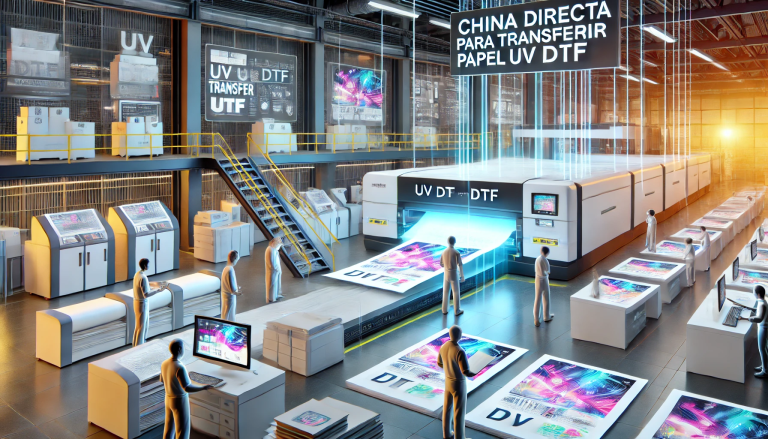“Is DTF Heat Transfer PET Film Better than Sublimation Paper?” -MAXDTF- Film DTF Manufacturer, PET Film DTF roll Supplier, Made in China
Part I: Understanding DTF Heat Transfer PET Film and Sublimation Paper
In the realm of digital printing, two popular methods have taken the forefront – Direct Film (DTF) heat transfer printing and dye sublimation printing. However, the ongoing debate centers around a primary question, “Is DTF heat transfer PET Film better than sublimation paper?” Unraveling this question requires an understanding of these technologies.
DTF printing involves digitally printing a design onto a special PET film. This film is then coated with an adhesive powder and heat-pressed onto the intended material, enabling the transfer of the design onto a wide variety of surfaces with high precision, durability, and color vibrancy.
On the other hand, sublimation printing utilizes special sublimation paper. In this process, designs are printed onto the paper with sublimation dye. This paper is then heat-pressed onto a polyester-coated surface, which causes the dye to sublimate, or convert into a gas, penetrating the polyester fibers. Once cooled, the dye reverts to a solid state, permanently imbuing the material with the design.
Part II: Comparing DTF Heat Transfer PET Film and Sublimation Paper
To address the core question, let’s consider several key factors that differentiate DTF and sublimation printing.
Firstly, material versatility. DTF’s primary advantage is its ability to print on a broader range of materials, including cotton, polyester, and blends, which isn’t possible with sublimation printing. Sublimation requires high polyester content for effective transfer, limiting its applicability.
Secondly, color vibrancy and design complexity. Both methods deliver bright, long-lasting prints. However, DTF can handle more complex designs and a wider color spectrum, including white. In contrast, sublimation printing struggles with producing a true, vibrant white, which may be a significant drawback depending on the design.
Lastly, process complexity. While both methods require a heat press, DTF involves an extra step of applying an adhesive powder. This could potentially add time and complexity to the printing process compared to sublimation printing, which is more straightforward once the design is printed onto the sublimation paper.
Part III: Identifying the Best Choice: Context Matters
Whether DTF heat transfer PET film is better than sublimation paper largely depends on the specific requirements and constraints of each project.
If the job involves printing on materials with high cotton content or requires a complex design with vibrant whites, DTF may be the better choice. On the other hand, for projects involving high-polyester materials and designs without white, sublimation could be the more efficient and cost-effective choice.
It’s also essential to consider the availability of equipment, budget, time constraints, and skill level of the operator. DTF might require a larger initial investment and more skilled operation due to the additional adhesive application step, while sublimation might be simpler to start with.
Summary
In conclusion, the choice between DTF heat transfer PET film and sublimation paper depends heavily on the specific use case. While DTF provides superior versatility and handles complex designs with a wider color spectrum, sublimation printing offers simplicity and efficiency in its process, especially when dealing with high-polyester content fabrics. Therefore, instead of seeking a definitive answer to which method is universally ‘better’, it’s more beneficial to consider the unique requirements of each project and make an informed choice accordingly. Technological advancements will also continue to play a role, with potential future innovations that may enhance the efficiency, versatility, and quality of both DTF and sublimation printing.




